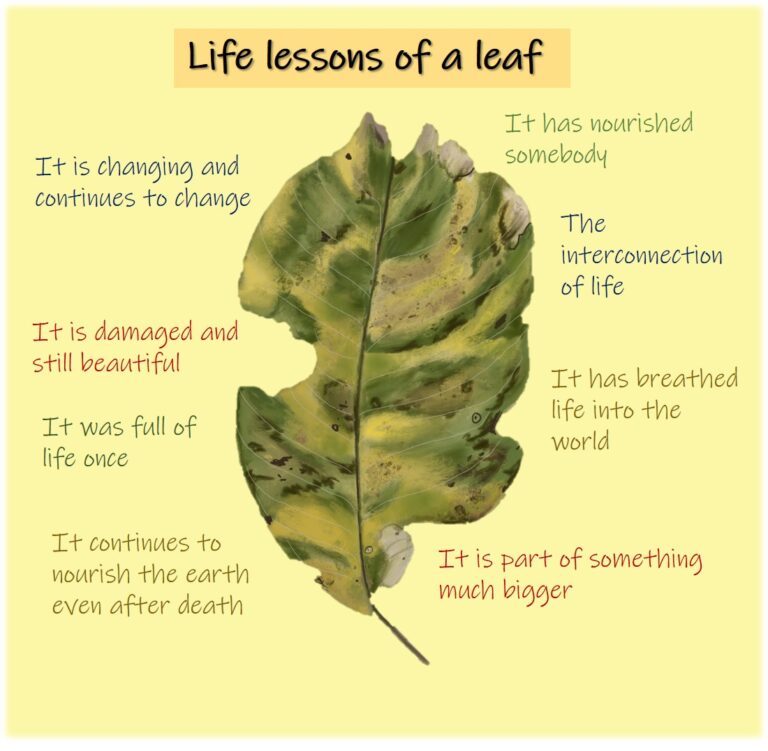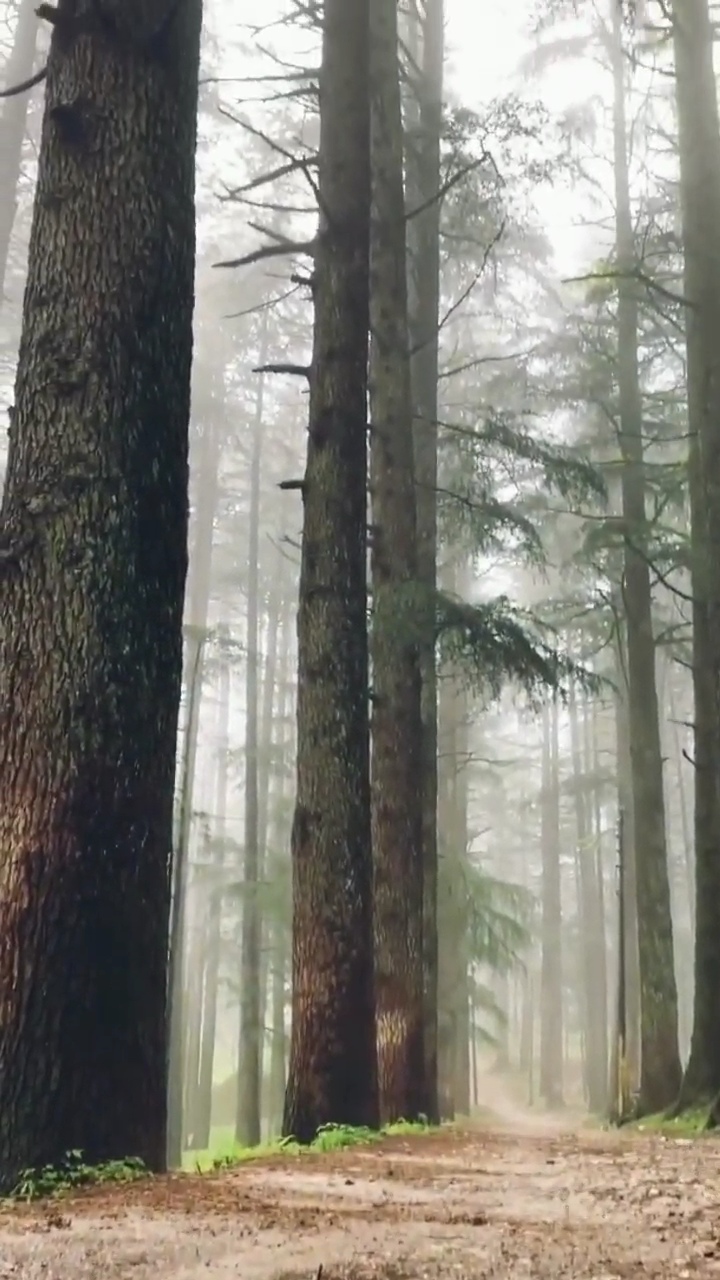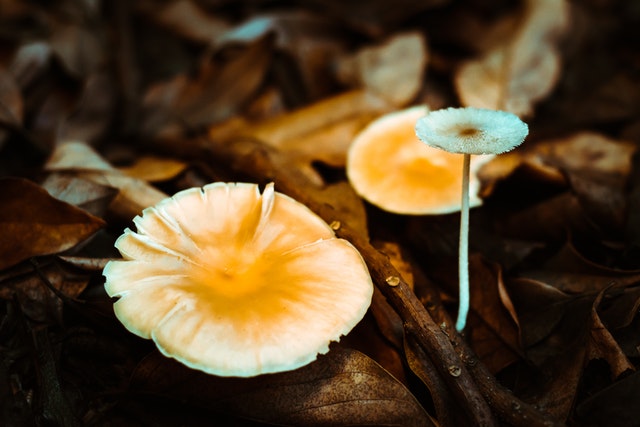Humans have been curious since the dawn of mankind. Fueled by creativity and inquisitiveness crossing paths with each other often led to discoveries and innovations which were once assumed impossible. I love science as well as mythology especially, Greek mythology. So, when I did some looking, one of the theories that was presented in front of me was the Gaia Theory which sounded extremely cool. So let me take you on a journey discovering how a hypothesis evolved into a theory.
The year was 1970, and a scientist working for NASA did some experimenting. His objective was to look through telescopes and use light frequencies to search for life on other planets but like most scientists, you look for something and end up finding something different. He found that the lights reflected from the earth were coming from living organisms within the earth and the earth’s abiotic and biotic factors were creating a single body. The scientist was James Lovelock and today his hypothesis or now the theory is known as the Gaia Hypothesis.
According to the Gaia Hypothesis, on Earth, the living system and geological system maintain the atmosphere. So what does that mean and why is it important? It is an actuality where some processes that we living things do are making this Earth livable, so the life on earth is the reason the earth is flourishing with earth. It sounds like a paradox because it is one
Now his theory doesn’t go straight to recognition and fame. First, it was dismissed by the scientific community and received quite a backlash from other scientists; many prominent scientists like Ford Doolittle, Richard Dawkins, and Stephen Jay Gould scoffed at this hypothesis. Stephen Jay Gould believed it was just metaphor rather than theory. Now James Lovelock was very humble but very straightforward with his writings and telling people that the earth is a living entity; it is a harder pill to swallow for some, and scientists wanted some solid proof, some mechanism that can prove Lovelock’s proposition. Lovelock and Dawkins had battles of statements trying to prove points about what is right and what is wrong.
It went on for quite some time and then came Lynn Margulis, a microbiologist who supported Lovelock’s theory in 1999, She wrote “Darwin’s grand vision was not wrong, only incomplete. In bringing out the direct competition between individuals for resources as the primary selection mechanism, Darwin and especially his followers created the impression that the environment was simply a static arena.” She wrote that the composition of the Earth’s atmosphere, hydrosphere, and lithosphere are regulated around “set points” as in homeostasis, but those set points change with time. She resented the widespread personification of Gaia and stated Gaia is “not an organism”, but “an emergent property of interaction among organisms”.
And that changed everything, Today Gaia Hypothesis is divided into many spectra some proving strong evidence and some weak but that’s how scientific theories are made. On fourth international Gaia conference determined Gaia as both a theory and metaphor for understanding the changes that are happening in the current climate and environment.
So that was the Gaia Hypothesis, Scientists forget that science is flexible and there are a lot of things we don’t know, gatekeeping concepts and theories might lead curiosity to vanish and it will become harder to go outside the box. Nonetheless, science is relevant where sometimes it is okay if you don’t know what you are looking for like our Gaia theory here. So stay curious and who knows you can postulate some theory that still needs to be uncovered.
References
1. Kirchner, James W. (J 989).”The Gaia hypothesis: Can it be tested?”. Reviews of Geophysics 27 (2):223. Bibcode J989RvGeo..27..223K. doi:J 0.J 029/ RG027i002p00223.
2. Margulis, Lynn. Symbiotic Planet: A New Look At Evolution. Houston: Basic Book
3. Harding, Stephan (2006). Animate Earth. Green Books. ISBN J-903998-75-1.
4. Gould S.J. (June J997).”Kropotkin was no crackpot” (http:// libcom. org/ library/ kropotkin- was-no-crackpot). Natural History J06: J2—2J.
5. Lovelock, J.”Gaia: new look at life on earth”(Oxford UP:1979,1)
6. Lovelock, James. The Vanishing Face of Gaia. Basic Books, 2009, p. 255. ISBN 978-0-465-01549-8




